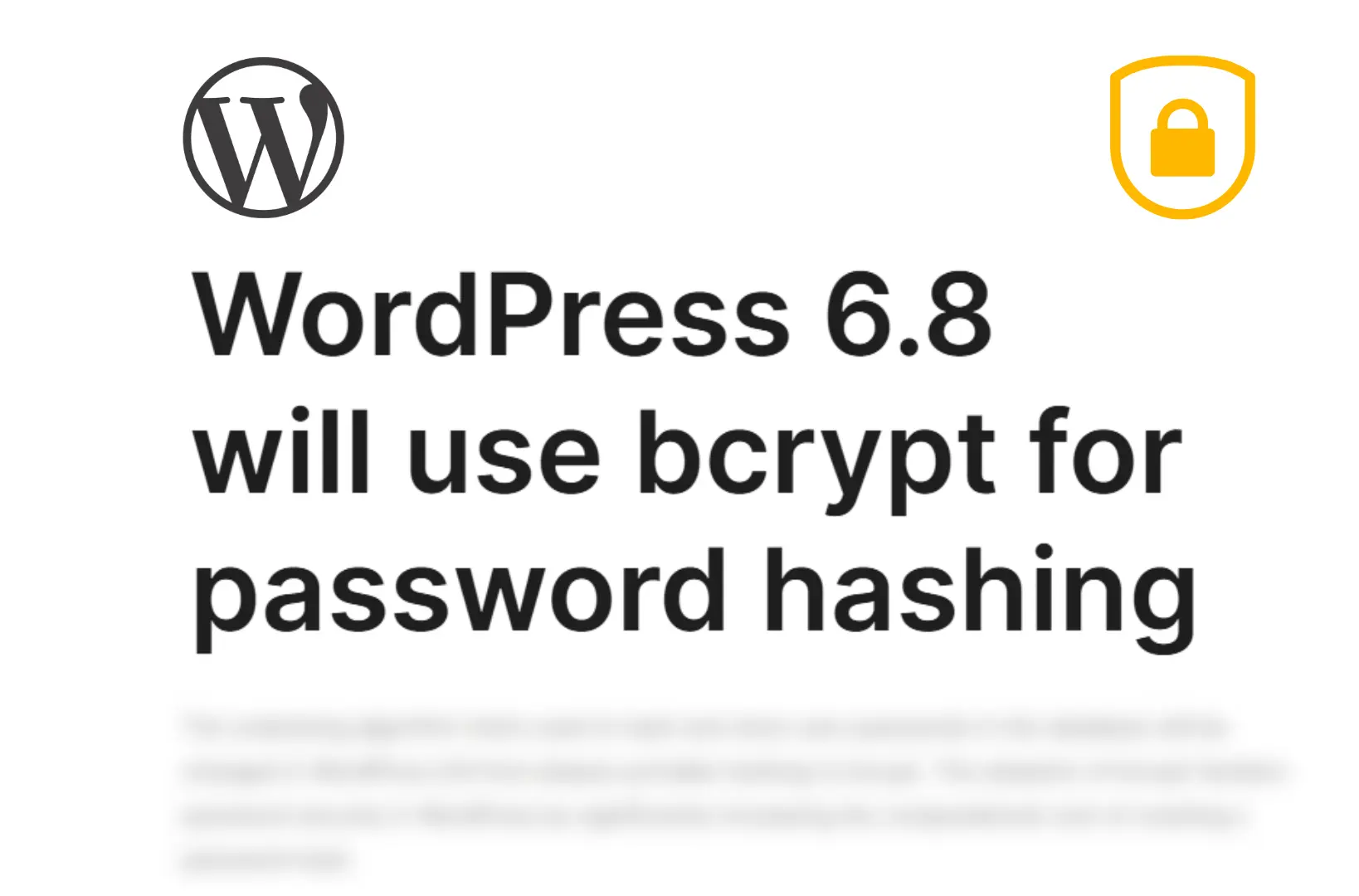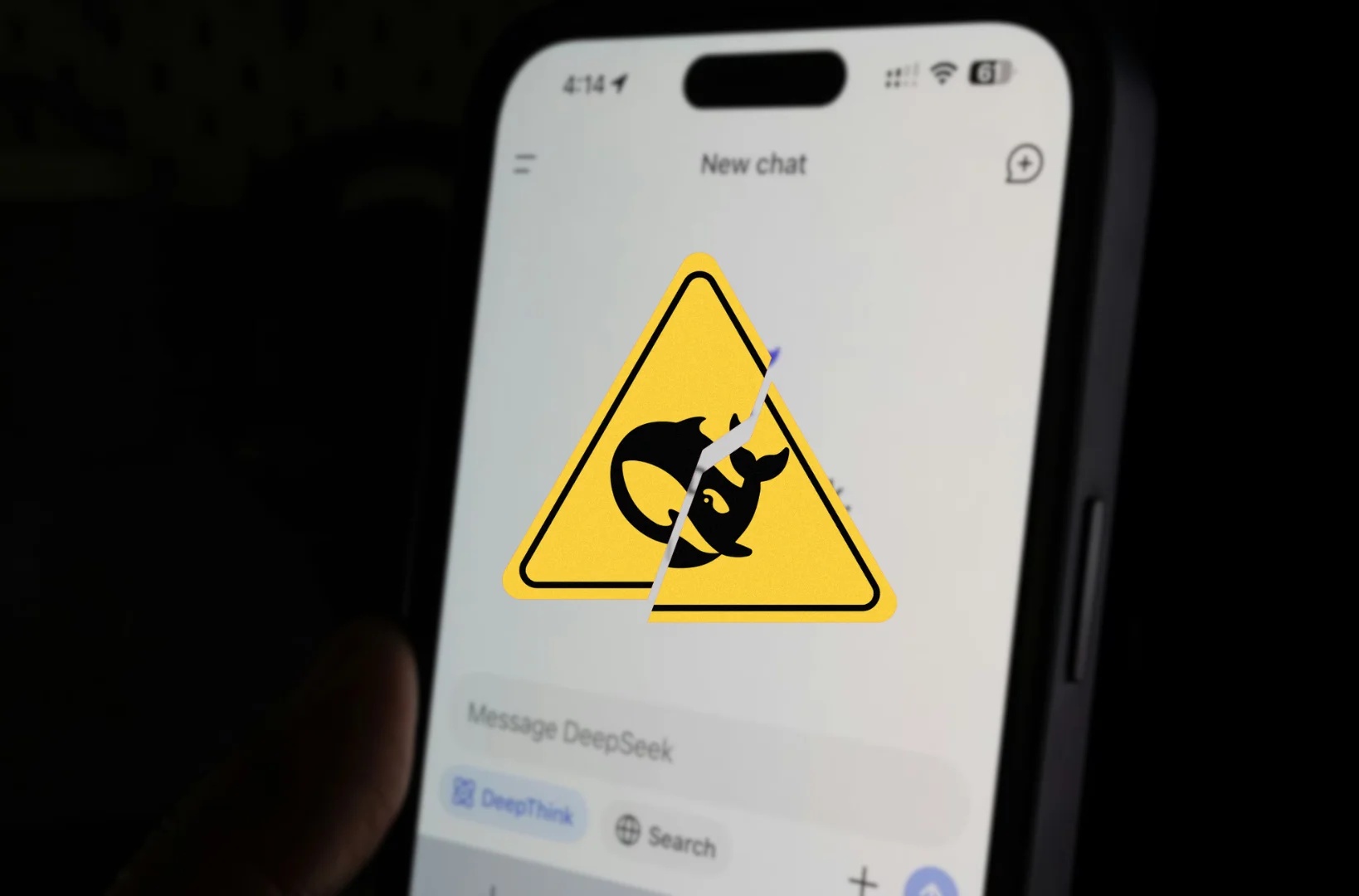In the age of digital transformation, banking has never been more convenient. From instant money transfers to online bill payments, managing finances is just a few taps away. However, this ease comes with a dark side: digital banking scams. One of the most exploited security measures is the One-Time Password (OTP). Despite repeated warnings from banks and financial institutions, countless individuals fall victim to these scams every day. This blog takes a deeper dive into the world of digital banking scams, real-life cases, and actionable strategies to protect yourself.
The Rise of Digital Banking Scams
As banks adopt advanced security measures, scammers evolve with even more sophisticated tactics. According to a 2023 global fraud report, digital banking scams have surged by 35% over the last two years. The most common modus operandi involves social engineering—manipulating victims into divulging confidential information such as OTPs, passwords, or personal details.
Here are some of the prevalent types of scams:
- Phishing Emails
Fraudsters send fake emails resembling official bank communication. These emails often include links to fraudulent websites designed to steal login credentials. - Smishing Attacks
Short for SMS phishing, smishing involves text messages claiming urgent issues with your account, prompting you to share your OTP or click malicious links. - Vishing Calls
Scammers impersonate bank representatives, claiming that your account is compromised. They pressure you into sharing your OTP to “secure your account.” - Fake Banking Apps
Fraudulent apps mimic genuine banking applications, tricking users into entering their login details and OTPs.
Real-Life Cases of OTP Scams
Case 1: The Fake Cashback Offer
In 2022, a young professional in Mumbai received a call from someone claiming to be from a popular e-commerce platform. The caller informed him that he had won a cashback reward of $100 for his recent purchase. To claim the reward, the victim was asked to share an OTP sent to his phone. Within minutes of sharing the OTP, $2,000 was debited from his account.
Case 2: Fraudulent Loan Approval
A woman in Dubai received an email offering a pre-approved loan with attractive interest rates. The email instructed her to click a link to “verify her account.” She complied and entered her banking credentials and OTP. Days later, she discovered that her account had been drained of $15,000.
Case 3: Emergency Call from ‘The Bank’
In a high-profile case in the UK, a senior citizen was contacted by a scammer posing as a bank employee. The scammer claimed there had been unauthorized transactions on her account and convinced her to share the OTP for account verification. The result? The scammer transferred nearly $30,000 from her account before she could act.
Why OTPs Are the Prime Target
An OTP is a single-use code sent to your registered phone number or email to verify sensitive transactions. Its purpose is to add an extra layer of security. However, scammers exploit the urgency and trust associated with OTPs. By creating scenarios where victims feel compelled to share their OTPs, fraudsters bypass the very security measures meant to protect accounts.
How to Stay Safe from Digital Banking Scams
While digital scams are becoming more advanced, staying vigilant and adopting good practices can significantly reduce your risk. Here are detailed tips to safeguard your finances:
- Never Share OTPs
Banks and financial institutions will never ask for your OTP, PIN, or password via calls, emails, or messages. Treat your OTP like a key—it’s for your use only. - Verify Sources
Always verify the legitimacy of messages, calls, or emails claiming to be from your bank. Contact your bank through official channels listed on their website or app. - Avoid Clicking Unknown Links
Scammers often send links leading to fake websites. Always type your bank’s URL directly into your browser instead of clicking on suspicious links. - Enable Two-Factor Authentication (2FA)
Strengthen your account’s security by enabling 2FA wherever possible. This ensures that even if your password is compromised, your account remains protected. - Monitor Account Activity
Regularly check your bank statements for unauthorized transactions. Early detection can minimize potential losses. - Use Official Apps
Download banking apps only from trusted sources like the Google Play Store or Apple App Store. Avoid third-party APKs or unofficial versions. - Educate Yourself
Stay updated on the latest scam tactics by following your bank’s advisories or cybersecurity blogs.
What to Do if You Fall Victim
If you suspect you’ve fallen prey to a scam, acting quickly can minimize the damage. Here’s what you should do:
- Contact Your Bank Immediately
Report the incident to your bank’s fraud department. Request a temporary freeze on your account to prevent further unauthorized transactions. - Change Your Credentials
Update your online banking password and PIN immediately. If possible, enable biometric authentication for added security. - File a Cybercrime Report
Report the scam to local cybercrime authorities. In many countries, dedicated helplines and online portals are available for filing complaints. - Educate Others
Share your experience to help others recognize and avoid similar scams. Awareness is a powerful tool in combating fraud.
Final Thoughts
Digital banking has revolutionized how we manage our finances, but it’s essential to remain vigilant. Scammers are constantly finding new ways to exploit vulnerabilities, but most scams can be thwarted with awareness and caution. Remember: Your OTP is your security key. Don’t share it with anyone—ever.
By adopting the practices outlined in this blog, you can enjoy the convenience of digital banking while keeping your hard-earned money safe. Share this guide with friends and family to spread awareness and build a safer digital community.
Suggested reads:
- Phishing Texts Hit iMessage Users: How to Protect Yourself
- A Day in the Life of a Phishing Crew How They Operate
- Bank of America Breach, Trucking Cyber Risks, and Treasury Hack

Jahanzaib is a Content Contributor at Technado, specializing in cybersecurity. With expertise in identifying vulnerabilities and developing robust solutions, he delivers valuable insights into securing the digital landscape.








